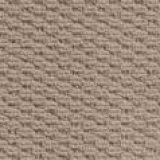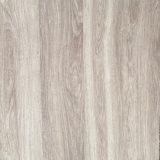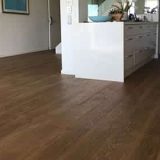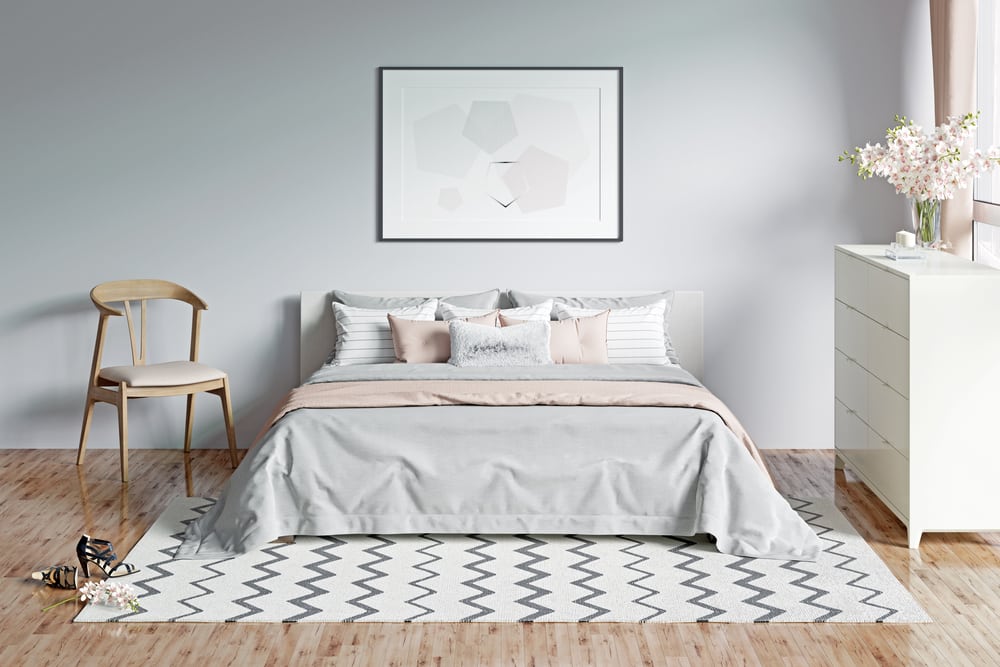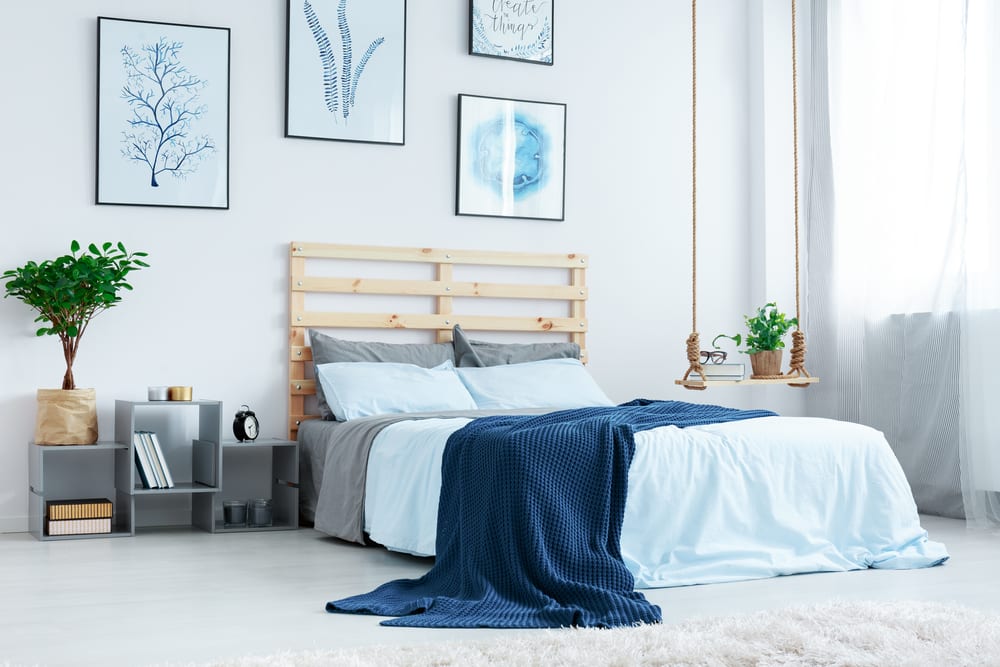Oriental rugs are a myriad of twisting lines, diverse shapes, and multiple colours, forming a beautiful, intricate piece of art. But when you have multiple rugs scattered throughout your home, their visual complexity can make it hard to achieve a coherent design.
If you’re wondering how to mix Oriental rugs in your home, we’ll explain how in this article.
Use A Similar Colour Palette
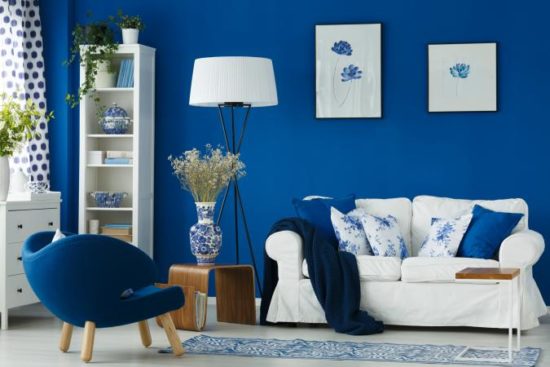
If you’re passionate about the beauty of your home, you’ll probably have a colour scheme for each room, whether brooding burgundy red, calming pear green, or perhaps a classic creme.
When you’re choosing a rug, your colour scheme should be your first consideration. What are the primary colours for the room? And will they match with the rug that you’re quietly ogling? Often, we can visualise whether something “just goes,” but if you’re stuck, you might try to pick a rug whose primary colour matches the primary colour of your room. For example, if your living room walls are painted a soft turquoise blue, you might consider a rug that uses large swathes of dark blue, to keep the same single colour theme.
You can also try following the 60-30-10 rule—a venerable interior design rule for creating colour schemes based on percentages1. The rule states that you’ll use a primary colour for 60% of the room, a secondary colour for 30% of the room, and an accent colour for 10%. You might choose navy blue for your walls, furniture and cushions (primary), light blue for your curtains and rug (secondary), and a light green for your artwork (accent).
When matching colours, it’s also important to consider brightness. If your bedroom is minimalistic, using only soft creams, dark greys, and few patterns throughout, a brightly coloured rug woven with complex mosaics can look stunning, and become the centrepiece for the room.
Consider Visual Complexity
In a universe geared towards chaos, it’s staggering that life was able to emerge. This is why scientists describe life as a miracle, and also the reason that we find order so satisfying—it’s why we exist, and the reason we’re able to make sense of the world.
A well-designed room is based on order—order of colours, order of patterns, and order of shapes. If in the midst of a bohemian fancy we purchase several Oriental rugs, foolishly assuming that they’ll look perfect together in our living room, we’ve forgotten that too much complexity has a tendency to upset us deeply. You just can’t throw a bunch of Oriental rugs together and expect a satisfying result.
When you’re selecting a rug for each room, consider the visual complexity of the room itself. Does it contain intricate furniture with vivid carvings and bright colours? Perhaps the room is plastered with wallpaper covered with twisting floral patterns? If your room is already visually complex, you might consider an Oriental rug with a simpler design, to prevent the room from becoming overwhelming. Nobody wants to walk into a room and break into a cold sweat.
If you’re wondering about mixing patterns with Oriental rugs—don’t! The most important thing to consider is whether the patterns you’re choosing will create an effect that is too visually complex.
Don’t Be Afraid Of A Little Chaos
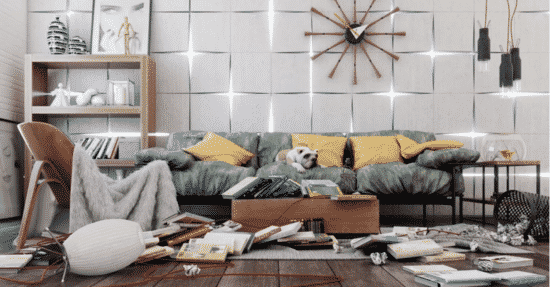
How To Mix Oriental Rugs For The Same Room
If you’re choosing multiple Oriental rugs for the same room, and you’re struggling to match them, why not use the same rug? You don’t necessarily need to mix and match rugs. There’s nothing wrong with using the same rug twice—repeating patterns can create a sense of order and coherence, and achieve the basics of good visual design2.
You can also learn how to mix Oriental rugs for the same room by paying close attention to the room’s colour scheme, and visual complexity. Do the rugs you’re looking at match the colour family of the room itself, as well as each other? Do they both have highly complex designs, and will this make the room feel overwhelming? Ask yourself these questions when you’re mixing rugs, and you’ll be fine.
Our final advice on how to mix Oriental rugs? Don’t overthink it. While there’s a method to design, it’s also exciting and multifarious, and you don’t need to stick to tired patterns that fail to express your own artistic style. Just keep the fundamental ideas of colour and visual complexity at front of mind, and you should be able to mix and match your Oriental rugs with ease.
References
- Sally Painter, How to Match Colours in Interior Design | LoveToKnow, Love To Know
- Emily Henderson, How to Mix Multiple Rugs In The Same Room + A Roundup, Emily Henderson





